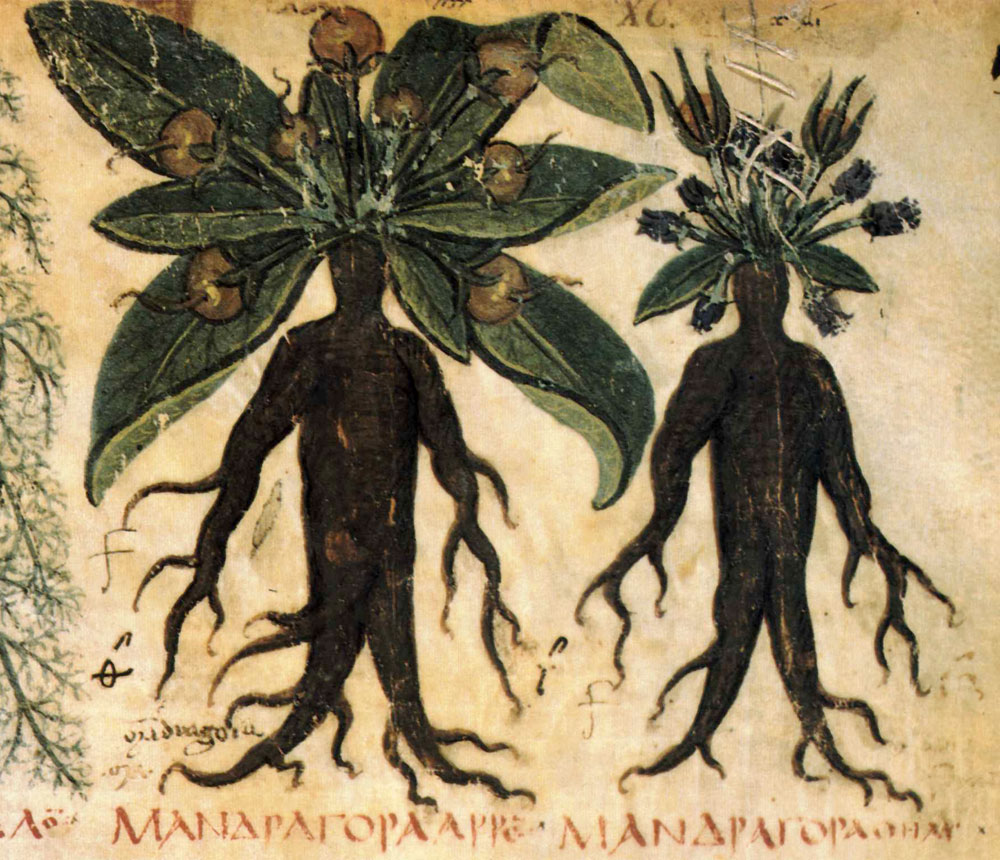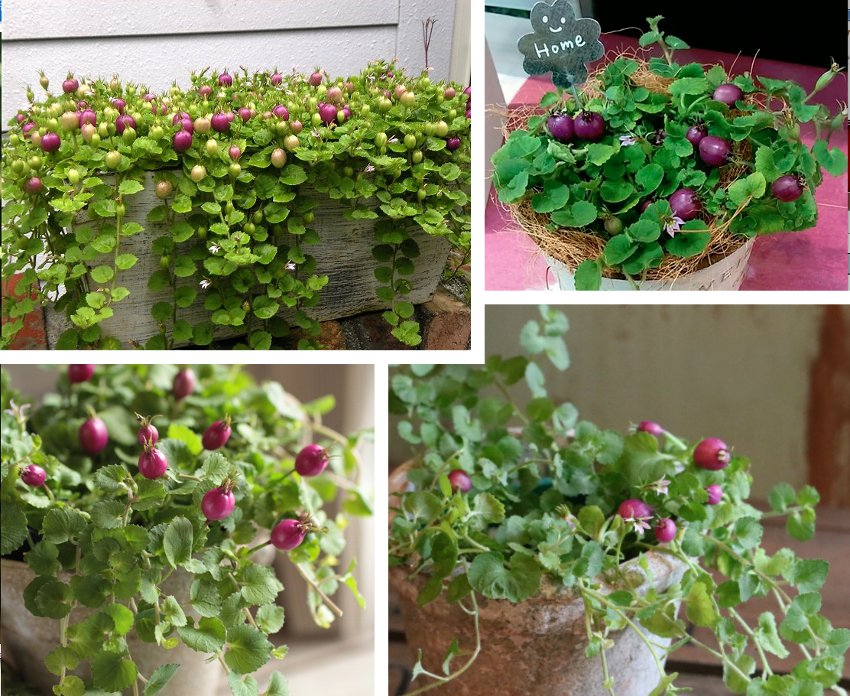Seeds found here: Color Changing Dixie Rose Hibiscus Seeds
Peony Hibiscus, Dixie rose mallow, rose confédérée, caprice de femme, cotton rosemallow, Cotton Rose Mallow, Hibiscus immutabilis.
Unconventional Plants, Rare Seeds, Exotic Seeds, Unique Vegetables, Odd Fruits, Unusual Botanics
Seeds found here: Color Changing Dixie Rose Hibiscus Seeds
Posted by
Garden Medusa
3
comments
![]()
Labels: caprice de femme, Cotton Rose Mallow, cotton rosemallow, Dixie rose mallow, Hibiscus immutabilis, Hibiscus javanicus, Hibiscus sinensis, Peony Hibiscus, rose confédérée
Blue Dawn or Oceanblue Morning Glory is a vigorous twining evergreen perennial with heart-shaped or 3-lobed leaves and wide-funnel-shaped flowers to 3-4 Inches across, opening over a long period from late spring to autumn. They don’t really close up like annual morning glories, but stay open most of the day and change color on a daily basis, starting out a bright blue in early morning, then changing to a darker blue by mid-day, then to a purplish-blue and finally to a dark pink at the end of the day. At the end of the year when the weather is cooler, the blooms will remain open into the next day turning a bright fuchsia color. Spectacular! The Plant is sterile and does not produce seeds, like other Morning glories, but can set roots of branched fall to the ground. Zone 8-11. Heavy bloomer. Container suitable.
Found here: Perennial Morning Glory
Posted by
Garden Medusa
0
comments
![]()
Labels: and Oceanblue Morning Glory, Blue Dawn Flower, Blue Morning Glory, Ipomoea acuminata, Ipomoea indica, Ipomoea learii, Koali Awa
Seed /Plant Source: Pigeon Pea
Posted by
Garden Medusa
0
comments
![]()
Labels: heat loving vegetable, perennial vegetable, southern vegetable, tree pea
Tithonia diversifolia, also known as Bolivian Sunflower, Tree Marigold and Mexican Sunflower is a wonderful perennial subtropical plant - resilient and adaptable, very showy and unusual, unbelievably fast growing, comes back every year. Zone 8-10. This species grows fast and large and needs plenty of space in the landscape. Plants can easily grow to 12 feet tall and wide in a single year. The bright yellow to orange, 6-inch diameter flowers can appear anytime there is active growth, but bloom production peaks in late summer and fall. There is a slight, pleasant fragrance, highly attractive to bees and butterflies. They need a full sun location for best flower production, but the plants will also tolerate some shade. Also suitable for container culture in colder climates if pruned regularly.
Posted by
Garden Medusa
0
comments
![]()
Labels: bolivian sunflower, fertilizer plant, Japanese sunflower, marigold tree, Nitobe chrysanthemum, perennial sunflower, rare plant, rare sunflower, Tree sunflower, yellow Mexican sunflower
Found Here: Brassica oleracea botrytis aparagoides
perennial
vegetable, 9 star broccoli, 9 star cauliflower, ninestar broccoli,
ninestar cauliflower, ossi seeds, rare heirloom, ancient vegetable,
medieval vegetable, 9 star perennial, nine star perennial, rare seeds | ||
Posted by
Garden Medusa
3
comments
![]()
Labels: 9 star broccoli, 9 star cauliflower, 9 star perennial, ancient vegetable, nine star perennial, ninestar broccoli, ninestar cauliflower, ossi seeds, rare heirloom, rare seeds
The Ling Nut, Trapa bicormis, is a floating aquatic plant that
grows best in slow moving or stagnant water, such as a pond, container
or aquarium. It develops corms that are cooked, the interior eaten
plain, fried or made in to butters and dips (similar to humus) for
consumption.
Very nutritious containing high amounts of fiber,
potassium, magnesium, copper, vitamin B6 and riboflavin. Most of their
calories come from carbs. Leaves, shells and nuts have also medicinal
properties.
Submerged stem are anchored into the mud by very fine roots. It has two
types of leaves, finely divided feather-like submerged leaves borne
along the length of the stem, and undivided floating leaves borne in a
rosette at the water's surface.
The plant can become invasive in some
areas, a large container is recommended. Needs at least 6 months of
frost free growing time.
Excess nuts can be dried are highly sought after and used for crafting for
amulets, key ring adornment, ornaments and many other crafts.
Viable corms (USA): Found here
Rare plant, rare aquatic, aquatic edible, water
chestnut, Buffalo Nut, Bull Nut, Devil's Pod, Horn nut, Lucky Nut, Goat
Head, Bat Nut, Ling Kok, Kacang Tanduk, Ling kio, Singhada, aquarium
seeds, aquarium plant, unusual plant, edible shtf, wild food, pond food.
Posted by
Garden Medusa
0
comments
![]()
Labels: aquarium seeds, Bat Nut, Buffalo Nut, Bull Nut, Devil's Pod, Goat Head, Horn nut, Kacang Tanduk, Ling kio, Ling Kok, Lucky Nut, Singhada, Survival food, unusual plant, water chestnut, wild food
 Mandrakes are stemless, perennial herbs with dark
green leaves, resembling somewhat the leaves of chard and a have large
taproots that can grow up to two feet in length, resembling somewhat a
human.
Mandrakes are stemless, perennial herbs with dark
green leaves, resembling somewhat the leaves of chard and a have large
taproots that can grow up to two feet in length, resembling somewhat a
human. 
Posted by
Garden Medusa
0
comments
![]()
Labels: Atropa mandragora, Devil's Apple, Dudaim, Harry Potter Plant, Harry Potter Root, Love Apple, Mandrake
Posted by
Garden Medusa
0
comments
![]()
Labels: Calceolaria bellidifolia, Calceolaria cavanillesii, Calceolaria neeana, Chamber Maids, Darwin' slipper flower, Darwin's Slipper. Syn: Fagelia fothergillii, Fagelia bellidifolia, Slipperwort

Very unusual, rare and exotic looking prehistoric
specimen Tree.
The Monkey Puzzle Tree is an exotic South American evergreen tree that
will grow from the warmest parts of zone 6 to zone 10. It will grow in
any soil that is well-drained and typically grows to around 50 feet tall
in gardens, although in the wild it can reach 130 feet. This tree grows
in a symmetrical conical shape with a strong central trunk and the
leathery leaves clasp the stems and persist for many years. The leaves
have a sharp point and the way they are wrapped around the stems is
almost like a strange kind of snake. The symmetrical shape and dense
growth makes this an unusual and attractive tree for larger properties
and it is always a conversation piece.
 In their native range, Monkey Puzzle Trees are prized for their edible
pine nuts which are large and delicious. Seeds germinate easy and plant grows zone 6-10.
In their native range, Monkey Puzzle Trees are prized for their edible
pine nuts which are large and delicious. Seeds germinate easy and plant grows zone 6-10.
Posted by
Garden Medusa
0
comments
![]()
Labels: Chilean Pine, giant pine nuts, Pehuén, Pinhão, pinhas, rare pine, rare tree
 It's real, however real seeds are hard to get to.
It's real, however real seeds are hard to get to.
Called a green birdflower or regal birdflower, this stunning plant belongs to the legume family (chickpeas and alfalfa). Scientifically known as Crotalaria cunninghamii, named after the 19th century botanist Allan Cunningham, the small green shrub is native to Northern Australia. According to the Australian Native Plants Society, aboriginal people often used the plant's sap to treat eye infections.
Looking directly at the entire plant, it’s as if a dozen green hummingbirds gathered together to enjoy a feast of flower nectar—beautifully suspended in mid-air. And when holding one of these flowers in your hands, it's easy to think it's the real thing.
This hummingbird-shaped flowers originate from Australia and plant lovers can not easily purchase seeds. While some seeds appear to be available in the US on a_mazon and a few other market places, one must be very careful to find a reputable source. Most seeds are offered from China are actually Crotalaria spectabilis seeds according to several of my plant collector friends, which is a yellow invasive rattlebox, toxic to some wild life, and the seeds look similar to Crotalaria cunninghamii. Be aware of this.
Below are a few reputable sources listed:
Posted by
Garden Medusa
0
comments
![]()
Labels: bird flower, Crotalaria cunninghami, green bird flower, real exotic seeds, regal bird flower
 The Star Creeper Lobelia nummularia is a herbaceous
perennial ground-cover, native to Asia, Australia and New Zealand.
The Star Creeper Lobelia nummularia is a herbaceous
perennial ground-cover, native to Asia, Australia and New Zealand.
Posted by
Garden Medusa
0
comments
![]()
Labels: Lobelia begonifolia, Lobelia begoniifolia, Lobelia javanica, Lobelia obliqua, Pratia begoniifolia, Pratia nummularia, rare fruit, unusual fruit
Posted by
Garden Medusa
0
comments
![]()
Labels: exotic flowers, exotic shrub, waratah info, Waratah seeds
 Fagraea ceilanica, the perfume flower bush, is
classified under the Loganiaceae family. This evergreen plant can be
pruned back to maintain it as a manageable small shrub but if it is left
alone, it can grow into a small tree with a height of about 10ft. When
not in flower, the perfume flower tree still makes a very attractive
shrub because it has very attractive foliage.
Fagraea ceilanica, the perfume flower bush, is
classified under the Loganiaceae family. This evergreen plant can be
pruned back to maintain it as a manageable small shrub but if it is left
alone, it can grow into a small tree with a height of about 10ft. When
not in flower, the perfume flower tree still makes a very attractive
shrub because it has very attractive foliage.
The perfume flower tree is said to be a plant that can be grown in large
containers. It has average water needs and hence its roots should be
kept moist and not allowed to dry out. Like most other flowering shrubs,
to ensure that a perfume flower plant grows healthily and blooms, each
specimen should be grown in an area with at least filtered sunshine
(semi-shade), although it can tolerate full, direct sunshine outdoors. Sought after by collectors.
Posted by
Garden Medusa
0
comments
![]()
Labels: African Jasmine, Fagraea ceilanica, Perfume Flower tree, Pua Keni Keni, Trai Tichlan


- Mexican Flame Vine Pseudogynoxys chenopodioides X Seneci
- Burbidgea Scheizocheila
- Brugmansia 'Super Spot'
- Cornus florida subspecies urbiniana
- Mucuna Bennetti